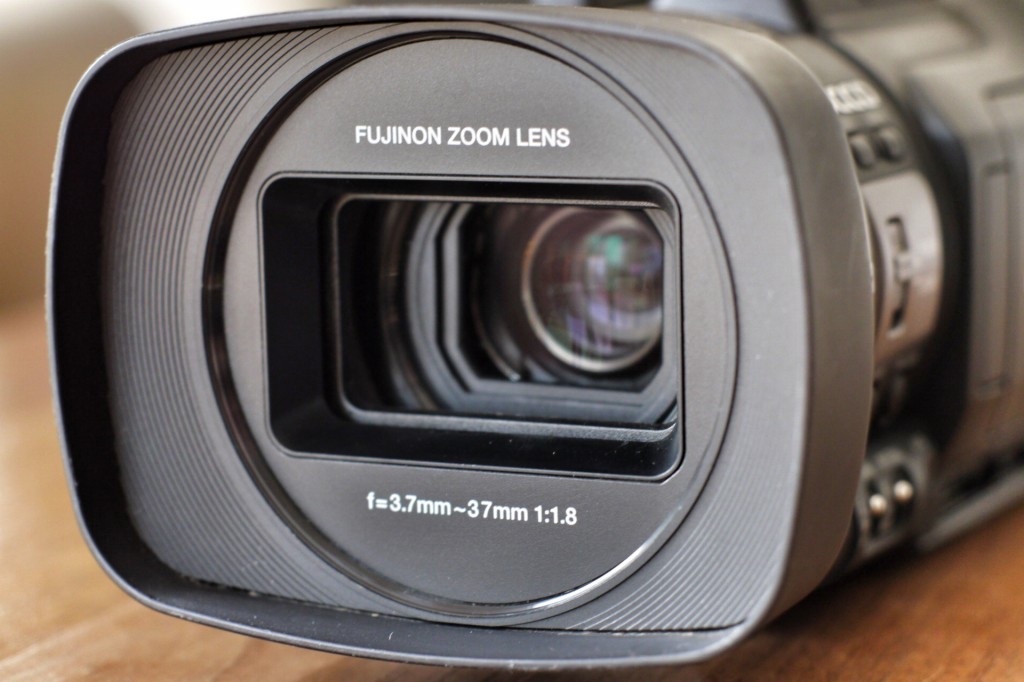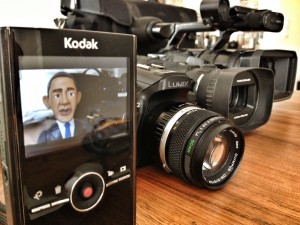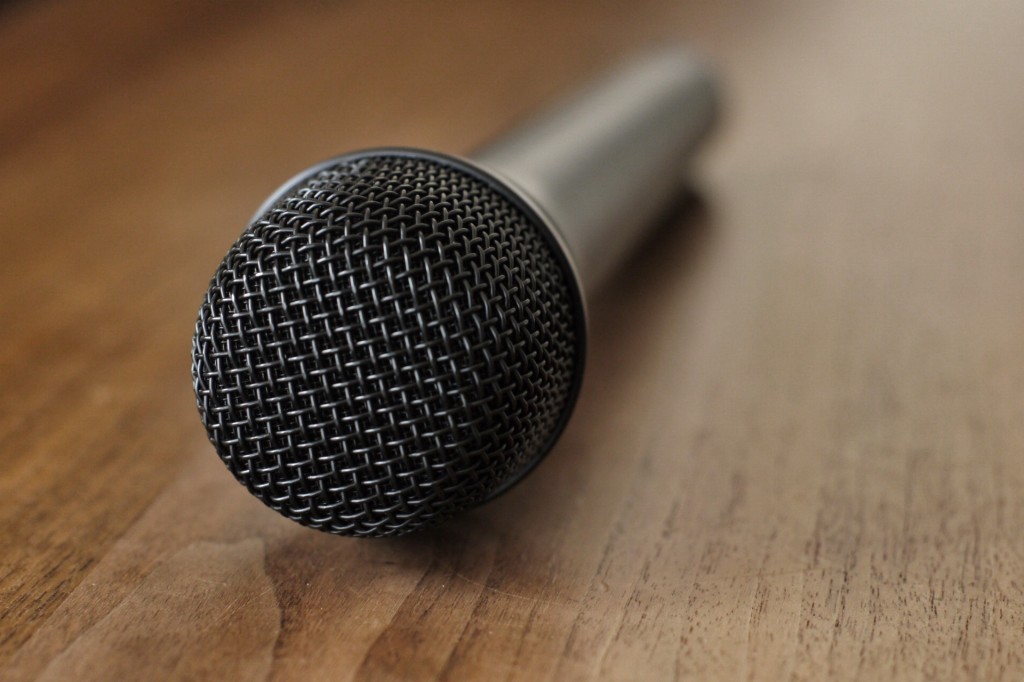Getting started with video for the web: Part 1
 There’s much more to producing video than flicking on a camcorder and hitting record. And it’s unfortunate that journalists are often expected to go out and film something for their online site with little or no training.
There’s much more to producing video than flicking on a camcorder and hitting record. And it’s unfortunate that journalists are often expected to go out and film something for their online site with little or no training.
Keep it simple, keep it short and a little bit of planning helps of lot.
That’s probably the best advice for anyone who needs to start producing video for the web content.
It goes without saying that we’d recommend you do a proper video for the web course. Or even better, a video journalist course to learn more about the techniques of filming and the craft of visual storytelling.
But if you’re looking for some tips to get started, our blog series on producing video for the web will cover some of the basics and point you in the right direction for online resources.
Trainers will tell you this is a question that comes up in every video course. The big question you need to ask yourself is: what is the purpose of the video I need to produce? Short clips? Interviews? Feature stories? That’s going to guide you to what sort of camera will be appropriate for your needs. Below is an overview, but also check out this short video guide.
Smartphones
All major brands of smartphones have cameras that offer video recording in a codec such as .mp4 or .mov. Smartphones are useful for quick video clips and interviews. The position of microphones on smartphones is sometimes not helpful for capturing good audio, so to produce better quality video use an external microphone if a cable or adapter is available for your phone. Remember, smartphones are small and light, but that makes it harder to produce a steady shot hand-held.
Pocket camcorders and point & shoot cameras
Yes, you could say that pocket camcorders such as the Flip or Kodak range have been largely superseded by the growth of better smartphones offering HD video. But models such as the Kodak Zi8 and PlayTouch offered an external mic-input – a valuable addition. Most small point & shoot digital cameras have a movie function, and like smartphones, are OK for quick video clips or interviews so long as the interview subject’s voice is not drowned out by background noise. And remember, just like smartphones, pocket camcorders and small point & shoot digital cameras will be hard to hold steady hand-held – a tripod or monopod will be useful for stability.
DSLR’s
The video functions on many DSLR and mirror-less micro four-thirds cameras can produce stunning video – an advantage of having a large sensor. This is really useful for photographers who may need to file video clips at events they are covering. There are few of drawbacks to consider. For example, mic input – not all DSLRs have it. And you’ll most likely find that in good lighting conditions you’ll need to add an ND filter to your lens, especially if you’re filming at a standard video frame rates such as 24, 25, 30, 50 and 60 frames a second.
Video camcorders
Obviously there is a wide range of camcorders from consumer models through to professional VJ camcorders. In short, a video camcorder should offer the advantages of a good lens, in-built ND filters, plus an external mic input (either 3.5mm or XLR) and headphone output to monitor audio.
Good exposure and working with available light
Most journalists working with small camcorders, smartphones or pocket camcorders probably won’t be carrying lighting equipment. So, think carefully about how to use the available sources light effectively. This will mean looking for good sources of natural light, and working with whatever practical lights are available.
If you have manual settings on your camera, try to use them to stay in control of exposure. Setting the correct exposure on your camera means adjusting your iris / aperture (F-stops), shutter speed, neutral density or gain. And, make sure you’re using the correct white balance setting.
If you start producing a lot of video, then a small inexpensive LED panel may worth considering for your kit – even one panel supported on a small flexible tripod could be useful.
This short video tutorial from the Vimeo Video School is an useful introduction to the principles of setting the correct exposure and filming with available light.
Audio
Small cameras are often used for web video, but we can not stress enough the importance of good quality audio. Good video needs good audio. Where possible, use a video camera that allows you to plug in an external mic. But if you do not have a camera with an external mic, you need to think carefully about the conditions you are filming in. There’s nothing worse than watching an interview in a crowded room, say at a conference, where you can’t hear what the subject is saying because there is too much background noise.
Basic equipment checklist before filming
It doesn’t matter what type of camera or camcorder you have, there will be some essential things to think about before you head out of the newsroom.
Battery – charged? Do I need spare batteries or external power?
Audio – microphone: Is it the right type for this job? Fluffy wind cover?
Headphones – if you can: ALWAYS USE HEADPHONES
Memory – have I got enough recording space? Do I need extra cards?
Tripod – steady shots? Interviews? Or use a monopod?
Online resources
– Introduction to DSLR cameras
– Overview of older HDV Cameras
– 5 pocket video camcorder tips
In Part 2 of Getting started with video for the web, we’ll take a look at producing basic interviews and short video clips.
Author/Photos: Guy Degen






Feedback